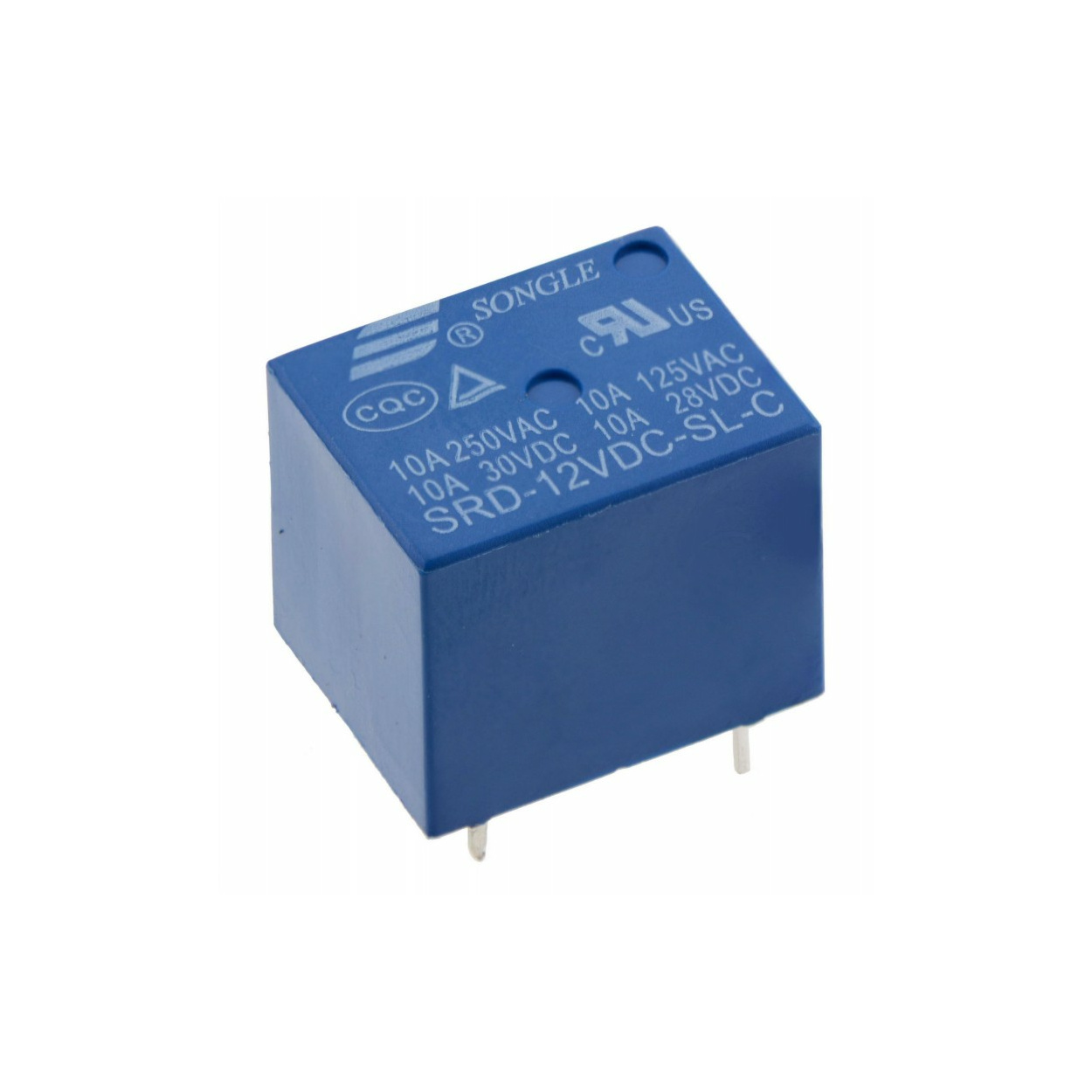Contactor vs Relay: Unveiling the Hidden Differences and Applications
In the world of electrical engineering, contactors and relays are two essential components that play crucial roles in controlling electrical circuits. While they may seem similar at first glance, there are distinct differences between the two. This article aims to unravel the hidden disparities and shed light on their respective applications, providing a comprehensive understanding of contactors and relays.
- Definition and Function:
A contactor is an electrically controlled switch used for switching power circuits, typically in high-current applications. It consists of a coil, contacts, and an electromagnet. When the coil is energized, the electromagnet creates a magnetic field, attracting the contacts and closing the circuit. Contactors are commonly used in industrial settings to control motors, lighting systems, and heating elements.
On the other hand, a relay is an electrically operated switch that controls one circuit by opening or closing contacts in another circuit. It comprises an electromagnet, an armature, and a set of contacts. When the coil is energized, the armature moves, either opening or closing the contacts. Relays are widely employed in various applications, including telecommunications, automotive systems, and home automation.
- Construction and Design:
Contactors are typically larger and more robust than relays due to their ability to handle higher currents. They are designed to withstand heavy-duty operations and are often equipped with additional features such as arc suppression mechanisms and auxiliary contacts. Contactors are commonly built with multiple sets of contacts to handle different power phases and ensure reliable switching.
Relays, on the other hand, are generally smaller and more compact. They are designed for lower current applications and are available in various form factors, including plug-in, PCB mount, and solid-state relays. Relays often have a single set of contacts, but multiple relays can be used in parallel for applications requiring higher current capacity.
- Power Handling Capacity:
One of the key distinctions between contactors and relays lies in their power handling capacity. Contactors are specifically designed to handle high currents, typically ranging from several amperes to several thousand amperes. They are capable of switching heavy loads, making them suitable for controlling motors and other high-power devices.
Relays, on the other hand, are designed for lower current applications, typically ranging from milliamperes to a few amperes. They are commonly used for signal switching, logic control, and low-power circuit protection. Relays are not intended for heavy-duty operations and may fail prematurely if subjected to high currents beyond their rated capacity.
- Applications:
Contactors find extensive use in industrial and commercial settings where large motors, lighting systems, and heating elements need to be controlled. They are commonly employed in HVAC systems, elevators, manufacturing plants, and power distribution networks. Contactors are favored for their durability, reliability, and ability to handle high currents without significant voltage drops.
Relays, on the other hand, are widely utilized in a broad range of applications. They are commonly found in telecommunications systems, automotive electronics, home automation, and control panels. Relays excel in low-power circuit control, providing isolation between different circuits and enabling the integration of diverse devices into a unified control system.
Conclusion:
In summary, contactors and relays are distinct components with different designs, power handling capacities, and applications. Contactors are built for heavy-duty operations, capable of handling high currents in industrial settings. Relays, on the other hand, are more versatile, finding applications in various industries where low-power circuit control and signal switching are required. Understanding the differences between contactors and relays is crucial for selecting the appropriate component for specific electrical control needs.

Post Comment